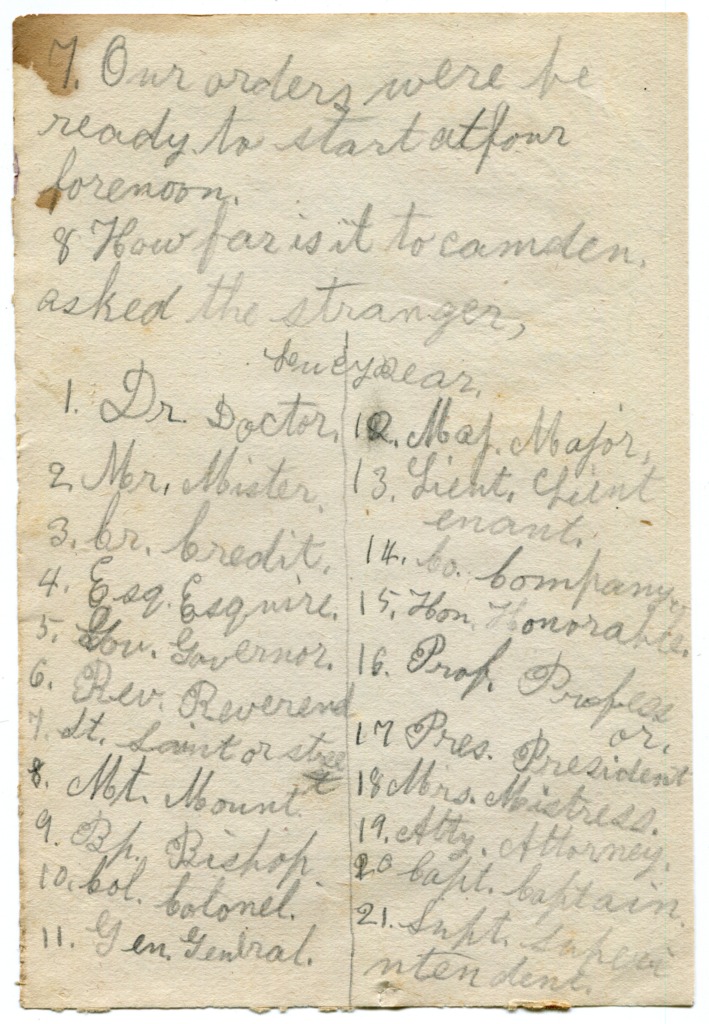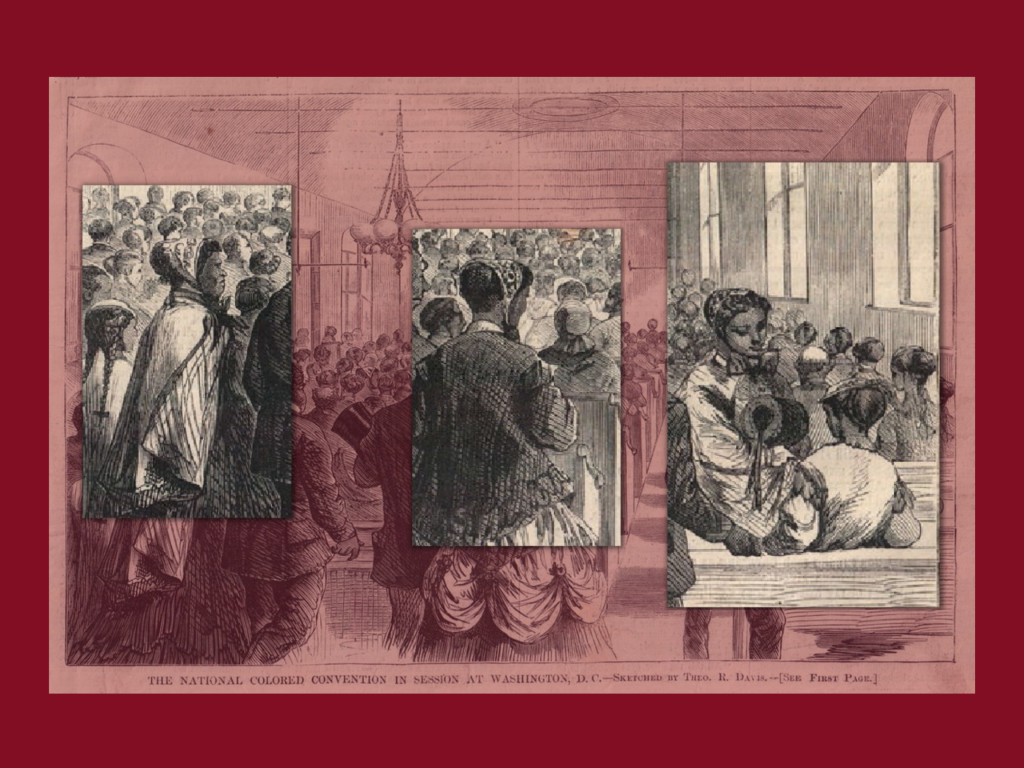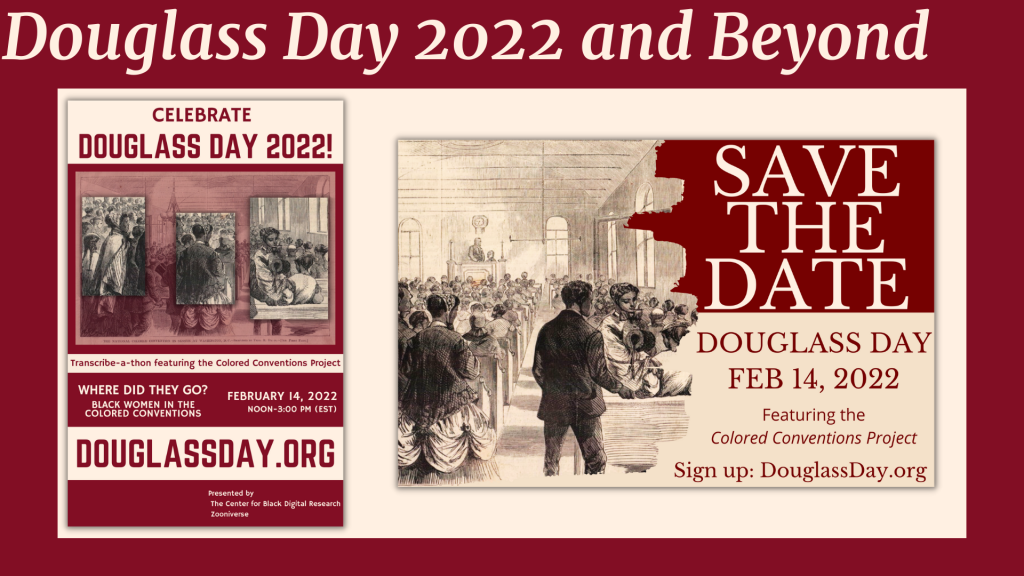Jennifer S. Tuttle, University of New England
In disrupting archival scholarship, the COVID-19 pandemic has illuminated its essential truths. One of the most obvious is the importance of in-person research. I have written elsewhere about how direct access to archival objects (as opposed to their digital surrogates) is indispensable for the rigorous, creative work of archives-based analysis and for literary and historical recovery. [1] Unable to visit archives in person, however, I have also become acutely aware of how essential other people’s labor is to my own work.
Anyone who has attempted archival research during this time can recite the litany of disappointments that thwart our plans, dash our hopes, and kill our joy. Whether due to public health precautions, budget freezes, or staff shortages owing to furloughs, illnesses, or quarantines, many repositories are closed to in-person visits or limit access to those within their institutional community. Even if repositories are open, getting there is difficult. For someone like me, researching California from Maine, making my way to the archives involves exposure to a highly transmissible, airborne virus in taxis, shuttles, buses, airplanes, and airports. Due to understaffing in nearly every unit of my university, my attempts even to complete the travel permission paperwork have been considerably delayed, making it difficult to plan. (And I am one of the fortunate few with a travel budget during these austere times.)
Researching virtually and by proxy is a poor substitute for being there, but as with many things in life since the pandemic began, I take what I can get and am grateful for it. Thus, I have begun by making liberal use of Interlibrary Loan. When that doesn’t work – which is pretty often – I’ve studied finding aids, when they exist, and requested scans of the few archival sources that are easily identifiable. Some days, I am thwarted repeatedly: I now laugh aloud, in a way that is perhaps slightly unhinged, at each new notification that folders thought to contain requested items are inexplicably empty, that “no, we are not loaning microfilm at this time,” that “your request will be filled within two months,” that “we are closed indefinitely.” I have scoured library catalogs, WorldCat, and ArchiveGrid, then picked apart staff directories, emailing and phoning liberally, in attempts to track down obscure items unavailable elsewhere. It is the overworked people replying to my inquiries who lead me to the sources (if extant), who get my answers by looking through folders themselves and checking noncirculating reference volumes because I cannot be there to do these things. It is they who offer valuable suggestions and unsolicited resources, who commiserate and lend an ear.
Although in some cases the long wait to receive materials is positively maddening, I have been pleasantly surprised by how quick and responsive many archivists have been. As I pause here to reflect on this work, though, I see that assessment as grossly inadequate: having to do archival research remotely has made it clear just how many people contribute to the recovery scholarship to which my name alone is attached at publication time. Of course, in pre-pandemic days, I would have contacted people remotely anyway to find out about holdings and arrange in-person visits. That is not what I’m talking about here. I am talking about the people, their own lives and livelihoods even more vulnerable than mine, who have literally made it possible for my work to continue (and I know that there are many more who have contributed in myriad ways, whose names I will never know).
In-person archival research makes it easy to imagine that pursuit as solitary, as we sit in the hush of the reading room and study the sources provided to us. But that work was always already collaborative, and attempting it remotely makes this fact impossible to ignore. This statement alone, however, still feels insufficient to capture the visceral truth of it. I thus close these musings with a list of my collaborators from a mere four months of intensive research between September and December of 2021. Archival scholarship, especially now, depends upon the invisible labor of these unseen multitudes. I thank some of them here by name, listed alphabetically by institution.
W. Marvin Dulaney, Deputy Director/COO; and Safisha Hill, Assistant Director of Education, African American Museum of Dallas
Courtney Seymour, Associate College Librarian for Research and Access Services, George and Helen Ladd Library, Bates College
Stefanie Hunker, Head, Special Collections and Digital Resources Librarian, Browne Popular Culture Library, Bowling Green State University
Denise L. McIver, Research Librarian, California African American Museum
Angela Maani, Reference Librarian, California History Section, California State Library
Gregory L. Williams, Director, Archives & Special Collections, California State University, Dominguez Hills
David Sigler, Reading Room Supervisor, Special Collections & Archives, University Library, California State University, Northridge
Max Bowman, Assistant Director for Public Services, Colby College Library
Julia Gardner, Assistant Director for Public Services, Division of Rare and Manuscript Collections, Kroch Library, Cornell University
Michelle Leasure, Access and Outreach Archivist, Special Collections & Archives, University Library, Georgia State University
Sonja N. Woods, Archivist, University Archives, Moorland-Spingarn Research Center, Howard University
Lisa Caprino and Jazmin Rew-Pinchem, Reader Services Coordinators; Erin Chase, Assistant Curator of Architecture and Photography; and Clay Stalls, Curator of California and Hispanic Collections, Huntington Library
Ruth Atkins, President Emeritus, Lake Elsinore Historical Society
Robert Brown, Librarian III, Information Services, Laredo Public Library
Malea Walker, Reference Librarian, Newspaper & Current Periodical Reading Room, Serial & Government Publications Division; and Amanda Zimmerman, Reference Librarian, Rare Book & Special Collections Division, Library of Congress
Kelly C. Wallace, California History Subject Specialist, History Department, Los Angeles Public Library
Cary Schneider, Library Director, Los Angeles Times
Leslie M. Behm, Special Projects Librarian, Stephen O. Murray and Keelung Hong Special Collections, Michigan State University Libraries
Jenny Robb, Curator, and Marilyn Scott, Curatorial Assistant, Billy Ireland Cartoon Library & Museum; and Laura Bernazzoli, Library Associate 2, University Libraries, Ohio State University
Stephanie Salinas, Administrative Associate, Riverside County Library System
Ruth McCormick, Local History Specialist, Riverside Public Library
Rhonda Evans, Assistant Chief Librarian; Auburn Nelson, Librarian, Jean Blackwell Hutson Research and Reference Division; and Bridgett Kathryn Pride, Reference Librarian, Manuscripts, Archives, and Rare Books, Schomburg Center for Research in Black Culture, New York Public Library
Betty L. Uyeda, Collections Manager, Seaver Center for Western History Research, Natural History Museum of Los Angeles County
Michele Welsing, Communications Director, Southern California Library for Social Studies and Research
Lorna Kirwan, Collections Manager; and Paul Lynch, Head, Newspapers/Microforms Library, Bancroft Library, University of California, Berkeley
Molly Haigh, Duplication Services Coordinator; Dalena Sanderson-Hunter, Librarian/Archivist for Los Angeles Communities and Cultures; and Maxwell Zupke, Public Services Assistant, Special Collections, Charles E. Young Research Library, University of California, Los Angeles
Brian K. Geiger, Director, Center for Bibliographical Studies and Research, University of California, Riverside
Delinda Stephens Buie, Curator, Rare Books, Archives and Special Collections, William F. Ekstrom Library, University of Louisville
Bethany Kenyon, Digital Access Librarian; Laurie Mathes, Access Services Librarian; Stew McElhose, Associate Dean of Library Services and Digital Services/Systems Librarian; Cathleen Miller, Education and Outreach Archivist; and Molly Nelson, Interlibrary Loan Coordinator, University of New England Libraries
Christal A. Young, Acting Head, Reference & User Engagement and Assistant University Librarian; Suzanne M. Noruschat, Southern California Studies Specialist, and Claude Zachary, University Archivist/Manuscript Librarian, Special Collections, USC Libraries, University of Southern California
Gayle Martinson, Reference Librarian, Library, Archives, and Museum Collections, Wisconsin Historical Society
Rebecca Maguire, Access Services Assistant, Beinecke Rare Book and Manuscript Library, Yale University
[1] I have much more to say about the topic of this forum than I have the space to do here, so I take the liberty of citing myself: please see Tuttle, “‘To turn over and over’: The Loss of the Verso in the Virtual Archive,” Women’s Studies, vol. 50, no. 6, 2021, special issue on “Early American Women Authors, Unbound,” edited by Betsy Klimasmith, Renée Bergland, and Len von Morzé, pp. 549-51, doi: 10.1080/00497878.2021.1947281; and “Recollecting Charlotte Perkins Gilman: Archival Labor and Women’s Literary Recovery,” Tulsa Studies in Women’s Literature, vol. 40, no. 2, Fall 2021, special issue on “Women and Archives,” Part 2, edited by Laura Engel and Emily Ruth Rutter, pp. 215-39, doi: 10.1353/tsw.2021.0021.







You must be logged in to post a comment.